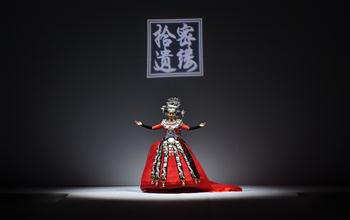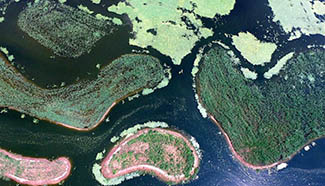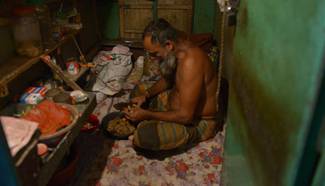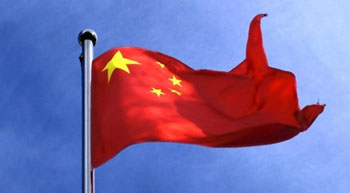SAN FRANCISCO, June 19 (Xinhua) -- Researchers at University of California, Berkeley, have been working on a project to develop a color-changing "smart thread" that turns fabric into a computerized display.
The project, known as Ebb, is not about a light-up screen; it is about fabric that changes color.
It was named Ebb because "the color change conjured images of the ebb and flow of the tides, rather than the rapid changes of traditional screen based media," explained the researchers with UC Berkeley's School of Information.
The core technology consists of conductive threads individually coated with thermochromic paint. When electricity is supplied to the threads, they heat up and gradually change color. The team, led by PhD student Laura Devendorf, an artist, designer and computer scientist with degrees in computer science and visual art, has used the smart thread to create seven different crocheted and woven fabric swatches.
Smart fabric could be used to create clothes or other textiles with dynamically changing colors or patterns, according to a recent posting at UC Berkeley School of Information's website. Possibilities include: a single garment that lets the wearer customize its color or pattern for the day; a watch woven directly into the cuff of the garment; or a striped scarf that offers real-time bus information, and the stripes fade one by one, indicating the number of minutes before the bus arrives, or a shirt with a slogan that updates automatically to match the wearer's Facebook status.
The project won a Best Paper award at the 2016 CHI conference, an event last month on human-computer interaction.
While it is unlikely for anybody to find Ebb-based clothes in a store anytime soon, Project Jacquard at Google' s Advanced Technology and Projects (ATAP) group, an in-house technology incubator, which works with the UC Berkeley team, is exploring a variety of approaches to wearable computing.
Project Jacquard, as a platform, encompasses techniques for creating fashion fabrics with conductive fibers woven into them, plus small, flexible computing components and feedback devices such as haptics or LEDs, along with software that application programming interfaces can use to exchange data with the garment.










